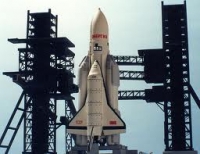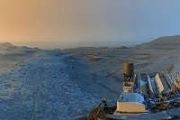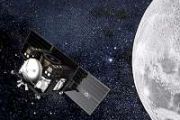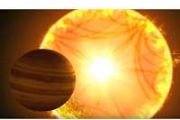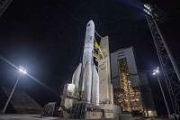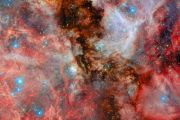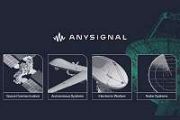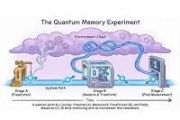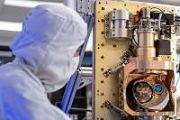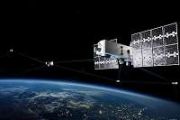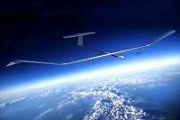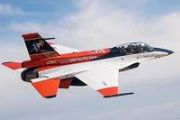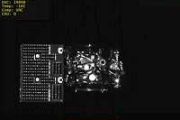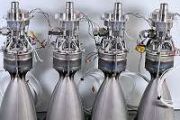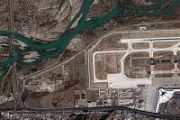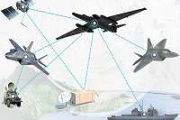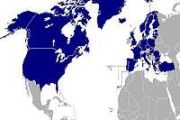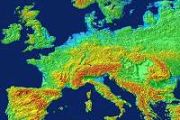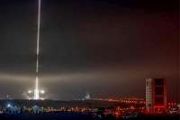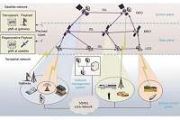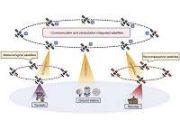Energia (Russian: Энергия, Energiya, "Energy") was a Soviet rocket that was designed by NPO Energia to serve as a heavy-lift expendable launch system as well as a booster for the Buran spacecraft.
The Energia used four strap-on boosters powered by a four-nozzle RD-170 engine burning with kerosene/LOX, and a central core stage with 4 one-chamber RD-0120 (11D122) engines fueled with liquid hydrogen/LOX.
The launch system had two functionally different operational variants: Energia-Polyus, the initial test configuration, in which the Polyus system was used as a final stage to put the payload into orbit, and Energia-Buran, in which the Buran spacecraft was the payload and the source of the orbit insertion impulse.
The rocket had the capacity to place about 100 metric tons in Low Earth orbit, up to 20 t to the geostationary orbit and up to 32 t to the lunar mission trajectory.

